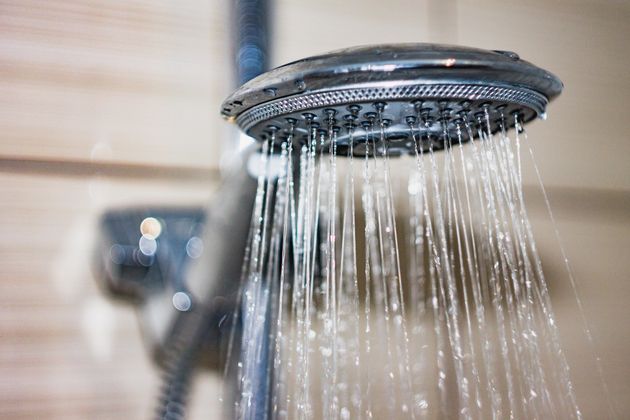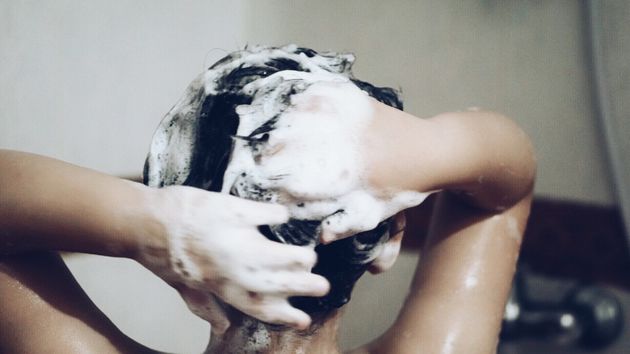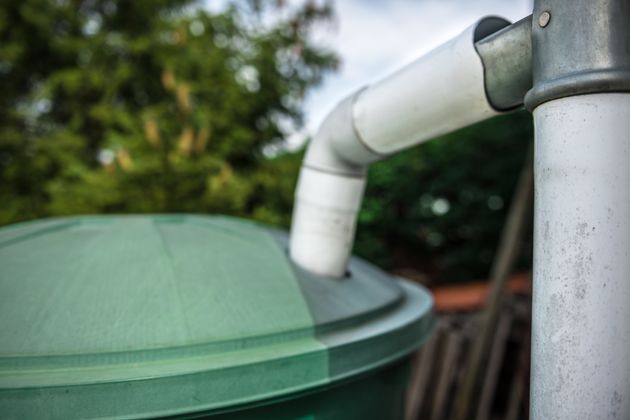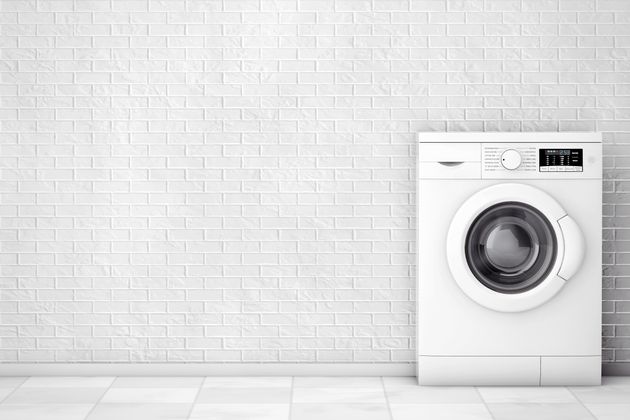Water shortages could hit England by 2050 unless serious action is taken to deal with waste and use, according to a report from the Environment Agency. This is due to a mix of water inefficiency (three billion litres a day are wasted through pipe leakages), population growth and climate change set to put intense pressure on our supplies.
“This report demonstrates that the UK is not immune to the water scarcity issues we see in the places in which we work every day around the world,” says Jonathan Farr, senior policy analyst on water security and climate change at WaterAid. “Following warnings from NASA last week, this is another call for Governments to work with utilities on tackling the water crisis.”
[Read More: England Facing Water Shortage If Leaky Pipes Not Fixed, Says Environment Agency]
Arron Burton, Director of Policy and Innovation at Waterwise, says this isn’t just something to talk about when a drought is looming – we need to make our water use sustainable, now.
The agency wants personal water targets to be set. The average person goes through 140 litres per day at the moment, which Burton believes needs to be reduced to 118 – and could go as low as 100 in new homes built with the latest water efficient fixtures and devices, or in homes retrofitted with the same.
Here’s his advice on making your household less of a drain, right now.
Get an aerating shower head
These add air into your shower’s water stream, meaning that less water is released, while creating the illusion of a shower that’s as powerful as a traditional one.
“You can buy one of these in a bathroom store,” Burton says. “Because showering is high water use and heating hot water is high energy use, you’ll also save money on your water and energy bills.” WaterAid also recommend tap aerators, which you can use in the kitchen and bathroom.

Check if you have a leaky loo
“We worked on a project which 10 per cent of loos analysed were leaking 400 litres of water per day,” Burton says. That’s the equivalent of five full bath tubs. To check your situation, stick a detection strip into your loo before you go to bed. In the morning, if that colour’s changed, you have a leak.
Cut down on shower time
“Your shower should be around four minutes,” Burton says. “But a report from the Energy Saving Trust found that the average shower is seven and a half.” Use an egg timer to make sure you’re not going over. Burton also says that smart shower monitors, which tell you how much water you’re using and let you set goals, can be useful.

Get a saver flush bag
If your loo was manufactured before 2001, it probably uses seven and a half litres per flush, opposed to six litres for more modern ones. Got the former? Burton advises that you pop a save-a-flush bag into the cistern. This contains crystals which soak up excess water and hold it back, to use next time. WaterAid say that these can save between one and three litres, every time you flush.
Make it rain
Harvesting rainwater is a clever way to cut down on your water consumption –and is especially useful if you have a garden that needs looking after. “Get a water butt for outside your house,” Burton advises. You can use its contents for your plants, your lawn and to wash your car, if you’ve got them.

Use the eco settings
“Use less water on your washing machine and dishwasher by using the eco setting,” Burton recommends. Another helpful tip is only putting these appliances on when you have a full load.
